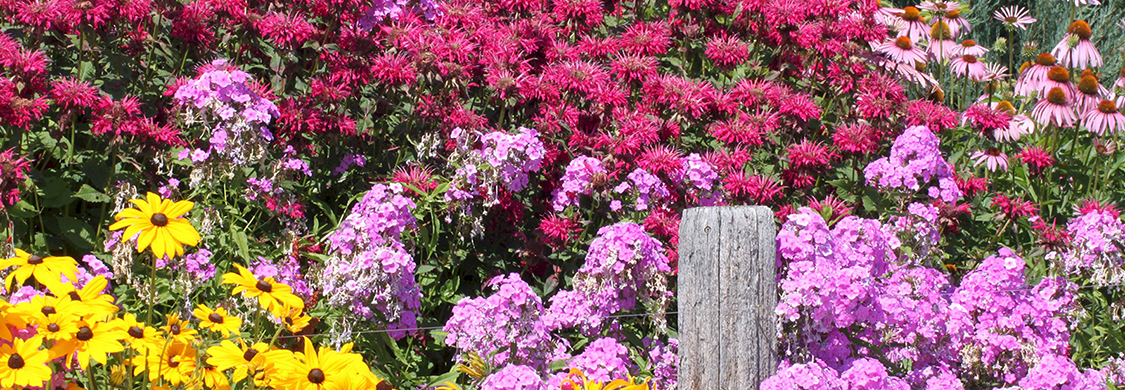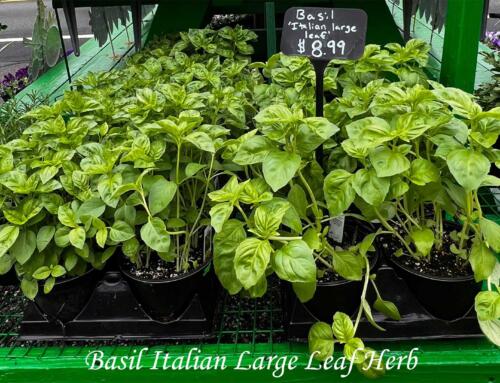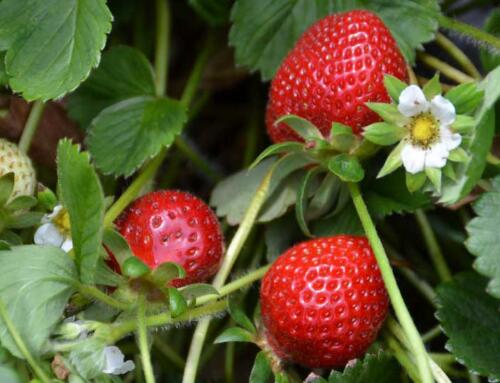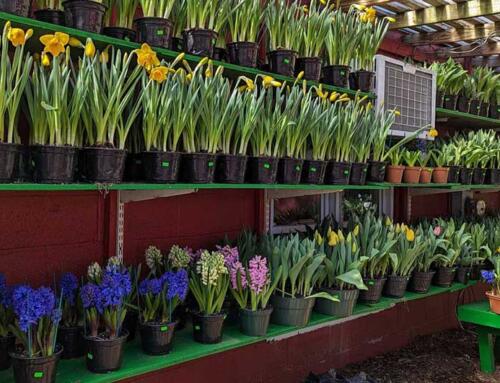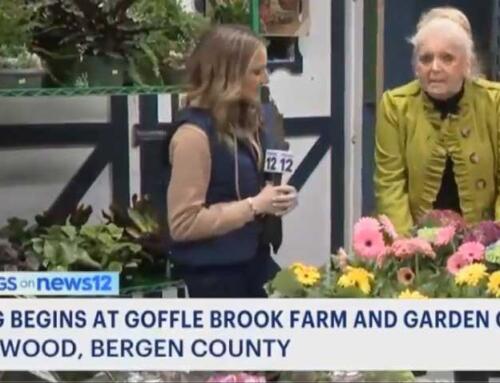Pollinator Gardens in Bergen County
What are pollinators or why should I care about them?
Pollinators, such as most bees, some birds, bats, butterflies and other insects, play a crucial role in flowering plant reproduction and in the production of most fruits and vegetables. Examples of crops that are pollinated include apples, squash and almonds. Without the assistance of pollinators, most plants cannot produce fruits and seeds.
What is pollination?
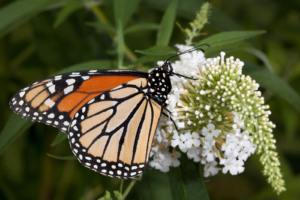 Pollination is the act of transferring pollen grains from the male anther of a flower to the female stigma. The goal of every living organism, including plants, is to create offspring for the next generation. How cool is that! One of the ways that plants can produce offspring is by making seeds. Seeds contain the genetic information to produce a new plant. Flowers are the tools that plants use to make their seeds. Seeds can only be produced when pollen is transferred between flowers of the same species.
Pollination is the act of transferring pollen grains from the male anther of a flower to the female stigma. The goal of every living organism, including plants, is to create offspring for the next generation. How cool is that! One of the ways that plants can produce offspring is by making seeds. Seeds contain the genetic information to produce a new plant. Flowers are the tools that plants use to make their seeds. Seeds can only be produced when pollen is transferred between flowers of the same species.
How does pollen get from one flower to another flower? Flowers must rely on vectors to move pollen. These vectors can include wind, water, birds, insects, butterflies, bats, and other animals that visit flowers. Animals or insects that transfer pollen from plant to plant are called “pollinators”. Unfortunately plant scientists are concerned about our role in weakening pollinator/plant relationships. The overuse of pesticides, which often kill beneficial pollinators, is one factor. Another one is land fragmentation that results largely from development. Isolated plants can’t attract a variety of pollinators or visitors frequent enough to sustain the plants and their partners. By cultivating a garden, schoolyard, or even a few containers that allure these important plant partners, everyone involved can provide a vital oases amidst deserts of buildings and concrete.
Creating a Pollinator Garden
You don’t need a lot of space to start a pollinator garden. Even a few containers can attract pollinators. If you don’t already have a garden site find a place that receives at least six hours of full sun each day. Next, decide who you’d like to attract (a variety of pollinators? butterflies?) and what they need to thrive and reproduce. In general, the greater variety of plant types you have (trees, shrubs, perennials, annual flowers and herbs), the more pollinators you’ll attract. Since pollinators have different needs during different life cycle stages, maintaining diversity will also make your site more of a full service oasis!
Planting a Pollinator Garden…
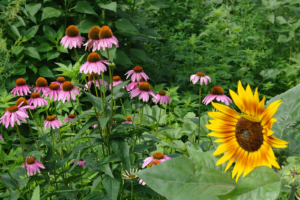 Use a wide variety of plants that bloom from early spring into late fall. Help pollinators find and use them by planting in clumps, rather than single plants. Include plants native to your region. Natives are adapted to your local climate, soil and native pollinators. Do not forget that night-blooming flowers will support moths and bats.
Use a wide variety of plants that bloom from early spring into late fall. Help pollinators find and use them by planting in clumps, rather than single plants. Include plants native to your region. Natives are adapted to your local climate, soil and native pollinators. Do not forget that night-blooming flowers will support moths and bats.
Avoid modern hybrid flowers, especially those with “doubled” flowers.
Often plant breeders have unwittingly left the pollen, nectar, and fragrance out of these blossoms while creating the “perfect” blooms for us.
Eliminate pesticides whenever possible.
If you must use a pesticide, use the least-toxic material possible. Read labels carefully before purchasing, as many pesticides are especially dangerous for bees. Use the product properly. Spray at night when bees and other pollinators are not active.
Include larval host plants in your landscape.
If you want colorful butterflies, grow plants for their caterpillars. They WILL eat them, so place them where unsightly leaf damage can be tolerated. Accept that some host plants are less than ornamental if not outright weeds. A butterfly guide will help you determine the plants you need to include. Plant a butterfly garden.
Use containers, if necessary. If your growing space is limited, consider growing the following types of pollinator plants in containers filled with a rich, well-drained soil mix: Aromatic herbs (coriander, catnip, mint, parsley, lavender); annuals (marigold, phlox, bachelor’s button, zinnia, cosmos, salvia); perennials (bee balm, Shasta daisy, iris, coneflower, lobelia, delphinium).
Create a damp salt lick for butterflies and bees.
Use a dripping hose, drip irrigation line, or place your bird bath on bare soil to create a damp area. Mix a small bit of table salt (sea salt is better!) or wood ashes into the mud.
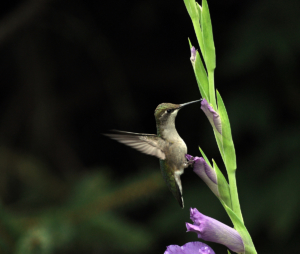 Spare that limb!
Spare that limb!
By leaving dead trees, or at least an occasional dead limb, you provide essential nesting sites for native bees. Make sure these are not a safety hazard for people walking below. You can also build a bee condo by drilling holes of varying diameter about 3 to 5 inches deep in a piece of scrap lumber mounted to a post or under eaves.
You can add to nectar resources by providing a hummingbird feeder.
To make artificial nectar, use four parts water to one part table sugar. Never use artificial sweeteners, honey, or fruit juices. Place something red on the feeder. Clean your feeder with hot soapy water at least twice a week to keep it free of mold.
Butterflies need resources other than nectar.
They are attracted to unsavory foodstuffs, such as moist animal droppings, urine and rotting fruits. Try putting out slices of overripe bananas, oranges and other fruits, or a sponge in a dish of lightly salted water to see which butterflies come to investigate. Sea salt provides a broader range of micronutrients than regular table salt.
Learn more about pollinators
Get some guidebooks and learn to recognize the pollinators in your neighborhood. Experiment with a pair of close-focusing binoculars for butterflies, bees and hummingbirds.
Pollinators and Garden Tips
BEES
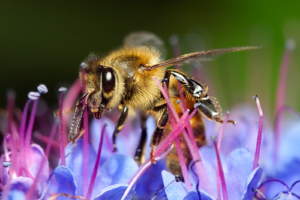 Did you know? There are about 4,000 species of native bees in the U.S. ranging in length from less than one eighth of an inch to more than one inch. Most of these bees are “solitary” nesting and, having no hive to defend (as do nonnative honeybees), they are unlikely to sting! Their preferences are yellow, blue, purple flowers. There are hundreds of types of bees that come in a variety of sizes and have a range of flower preferences. They can’t see red, but are attracted to some red flowers, such as bee balm, that reflect ultraviolet light. Small bees, which have short tongues, prefer packed clusters of tiny flowers (daisy, butterfly weed, aromatic herbs).
Did you know? There are about 4,000 species of native bees in the U.S. ranging in length from less than one eighth of an inch to more than one inch. Most of these bees are “solitary” nesting and, having no hive to defend (as do nonnative honeybees), they are unlikely to sting! Their preferences are yellow, blue, purple flowers. There are hundreds of types of bees that come in a variety of sizes and have a range of flower preferences. They can’t see red, but are attracted to some red flowers, such as bee balm, that reflect ultraviolet light. Small bees, which have short tongues, prefer packed clusters of tiny flowers (daisy, butterfly weed, aromatic herbs).
BUTTERFLIES
Red, orange, yellow, pink, blue flowers. They need to land before feeding, so like flat-topped clusters (e.g., zinnia, calendula, weed, yarrow, daisy) in a sunny location. They also need food sources for larvae and places to lay eggs. These include milkweed, aster, lupine, thistle, fennel, violets, hollyhock, black-eyed Susan.
MOTHS
Light-colored flowers that open at dusk such as evening primrose.
POLLINATING BEETLES
They prefer wide-open flowers, such as aster, sunflower, rose, and butterfly weed.
HUMMINGBIRDS
Red, orange, purple/red tubular flowers with lots of nectar (e.g., honeysuckle, sage, fuchsia, jewelweed, fireweed, cardinal flower, bee balm, nasturtium, century plant). No landing areas are needed since they hover while feeding.
BATS
Large, light-colored, night-blooming flowers with strong fruity odor (e.g., many types of cactus).

